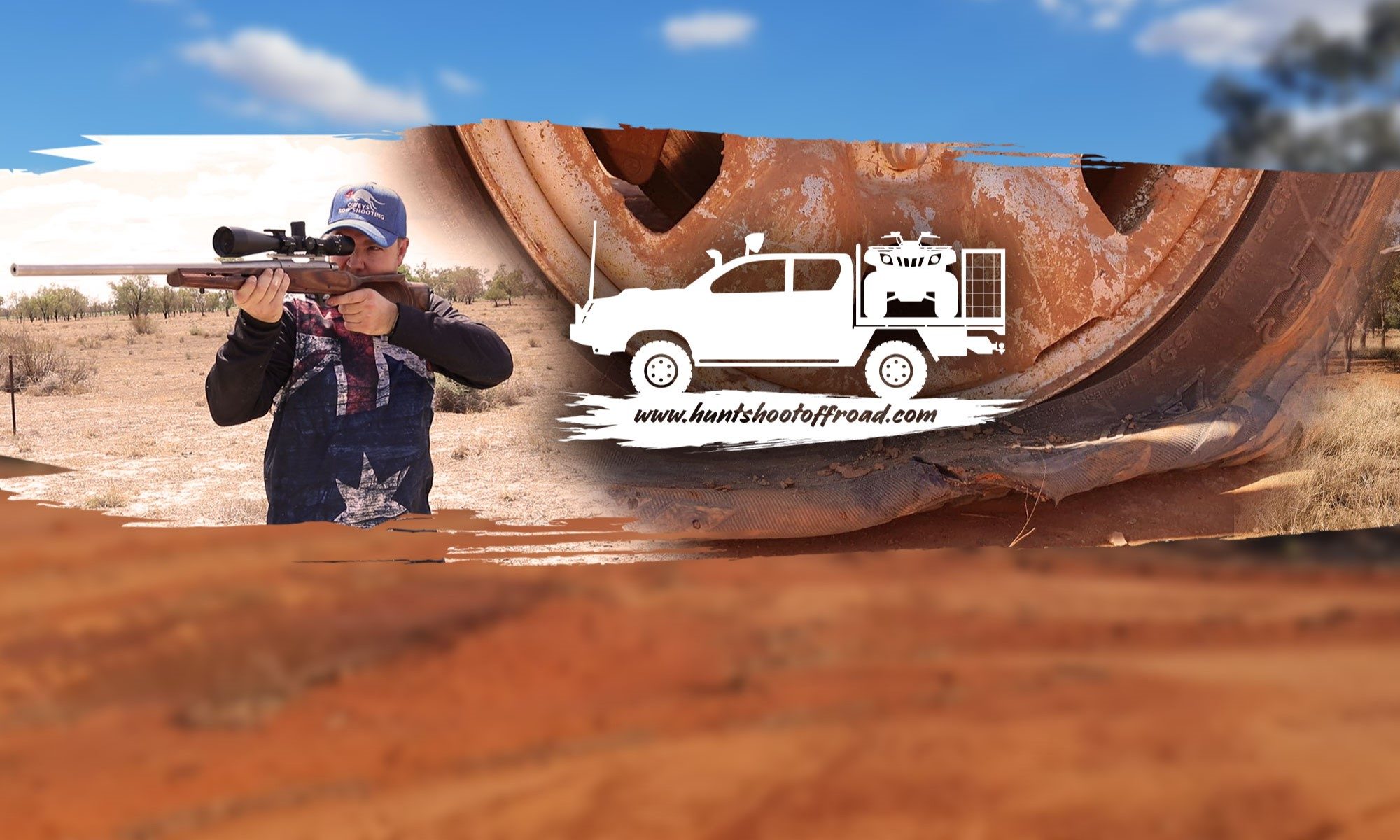Hunting trailer load limit
Trailer load limit
For trailer load limit as with our 2 other articles GVM and GCM, let’s once again look at 2013 Hilux Turbo diesel manual dual cab. The Hilux has a maximum GCM of 5,210kg and a maximum GVM of 2,710kg (sourced from redbook.com.au). This means I can legally tow a 2,500kg GTM (Gross Trailer Mass) trailer behind my hunting rig (assuming the ute is packed to the max including ball weight).
So do I just make a hunting trailer that has the largest trailer load limit I can tow?
Well just like vehicles, there are ADRs (Australian Design Rules) that apply to the legal requirements of trailers.
In Australia different trailer load limits have different requirements:
- Up to 750kg GTM does not require brakes
- 750kg to 2,000kg GTM must have brakes on at least one axle and they can be over-ride type
- Over 2,000kg GTM all wheels must have electric or power assisted hydraulic brakes (driver controlled hand or foot), a tearaway brake system is also required.
Basically once you go over 2,000kg GTM you must have electronic brakes and a tear-away system. This means your vehicle must be fitted with an electric brake controller and you need a battery on board your trailer.

Electronic brake controller for trailers
Once you put an electric brakes on the trailer, only vehicles with electronic brake controllers can tow the trailer. Well none of my hunting mates have electronic brake controllers. So Instantly no one can legally assist me in towing and I can’t lend the trailer or borrow their vehicle for a hunting trip.
Trailer battery
Might as well add $90 to your registration costs of the trailer. A friend of mine works in a caravan yard. He says that they battery is a guaranteed returning customer. Every year they will be bcak for a new battery because they don’t last with little to no use.
Trailer load limit recommendation
If you have 2x 320kg quads and a 500kg side by side that’s a total weight on 1,140kg. If your trailer weighed 650kg (that would be an extremely heavy trailer) that would leave you about another 210kg for other stuff. For me it would be difficult to justify an extra 500kg carrying capacity at the cost of a battery and electronic brake controller.
To avoid the need for electronic brakes, an electronic brake controller and a trailer battery I would recommend limiting your hunting trailer load limit to 2,000kg. You can use the hunting trailer across more vehicles with less maintenance and less headaches.
Next hunting trailer topics
Trailer Axles
Deck Material, Length and Width
Deciding on trailer Springs
Choosing trailer brakes
Which coupling/hitch for a hunting trailer coupling
Perfect Hunting Trailer Type
Wheels for a hunting Trailer
Trailer finish and accessories














